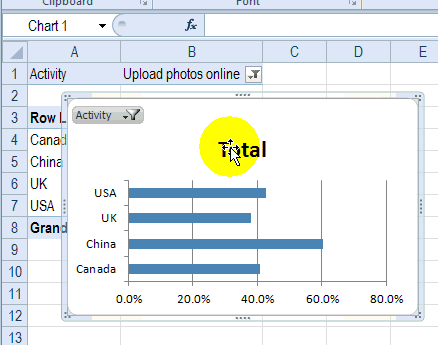

In this example, we show how you can sum an entire row or column of values, by specifying the range between two cell references. You can reference a range of cells in a formula by inserting a colon ( :) between two cell references.įor example, you can add a range of values using the SUM() function. If you prefer, with cell C1 selected, type =A1+B1 in the formula bar and press Enter. You don't have to click the cells to insert their cell reference in the formula. Now, if you change the values in cells A1 or B1, the value in C1 updates automatically. Cell C1, containing your formula, automatically updates its value with the sum of 5 and 6.

Click the worksheet tab at the bottom of the Excel program window where the cell you want to reference is located.If the cell you want to reference is in another worksheet that's in your workbook (the same Excel file), follow the following steps. Reference a cell from another worksheet in the current workbook Press Enter to create the cell reference.įor example, we click the B3 cell, resulting in the cell containing the reference to display "=B3" and mirror any data changes made in B3. Click the cell in the same worksheet you want to make a reference to, and the cell name is automatically entered after the equal sign.Click the cell where you want to enter a reference to another cell.If the cell you want to reference is in the same worksheet, follow the steps below to reference it. Reference a cell in the current worksheet Reference a cell from another worksheet in the current workbook.

Reference a cell in the current worksheet.


 0 kommentar(er)
0 kommentar(er)
